Dakar Rally Argentina-Chile Style
March 29th, 2010 Posted in cultureWritten by Shanie
Photos courtesy of the Dakar Rally Media
Imagine being lost in the barren, hot Libyan Desert. With a parched, desperate desire for water, burning eyes and blistering skin an epiphany comes to you. You are standing on the future stage of the most dangerous rally car race in the world.
That is exactly what happened to French daredevil, Thierry Sabine, in 1977. His 72 hours of dire circumstances brought him to creating, what is today considered, the global premier off-road endurance race. In fact, it is so incredibly hard that it is more than just a rally; it is a rally-raid.
Sabine, with his adventurous vision, put together a stage race that brought amateurs and professionals together on a 6,000 kilometer (3,728 mile) course that spanned such arid, inhospitable areas as the Western Sahara, deserts of Mauritania and the grasslands of Africa. The original competitions spanned the globe; beginning in Paris, France and finishing in Dakar, Africa. Five hundred like-minded, fear-seeking drivers came together year after year to rage against thick sand, sticky mud and crushing heat to find out who could withstand the 800 to 900 kilometer (500 – 560 mile) daily punishment. The wealthy competitors, including 52 different nationalities, mostly coming from the European continent (France, Holland and Spain being the leading demographics), were armed with the toughest vehicles known to man, huge pit crews and thousands of adoring fans.
Despite damage to the environment, the race quickly became known as the most life-threatening race on the planet. The sheer will-power, team work and endurance needed were enough to bring adrenaline-lovers knocking on Amaury Sport Organisation’s door (the multi-level sporting events promoter that hosts competitions like the Dakar Rally and Tour de France). It was so popular, in fact, that a death rate of two competitors a year, by-stander fatalities and eco-system mayhem wasn’t enough to bring the race to a halt.
Terrorism, on the other hand, did.
The 2008 race was brought to a standstill on January 4th amongst fear of attacks when four French visitors were violently killed in Mauritania by terrorists in December 2007. Further threats were made by Al-Qaida, making apparent that the situation was no joke. Dreams were dashed and many thought the greatest car race of all time was finished. That is until Chile and Argentina stepped in to be hosts for the 31st edition of the Dakar Rally.
Chile offered the Atacama Desert that provided the needed sand dunes, dusty environment and desolation required by competitors. Argentina answered the call by providing the distance, elevation gains and terrain variations with a course from Buenos Aires across the Andes into Chile.
A 9,000 kilometer (5,592 mile) trip that started and finished in Argentina’s capital city Buenos Aires was created. The route would pass through the grasslands of the Pampa into the dry plains of Neuquen and Mendoza provinces before heading into the rugged Andes. From the snow-capped peaks the course continued on to the seaside town of Valparaiso, Chile where the drivers were allowed to take a much needed day of rest before crossing the Atacama Desert. The sandy landscape would bring the drivers back to the mountainous terrain of the Andes, where they would continue on through the Argentine towns of Catamarca, La Rioja and Córdoba. The circuit would finish at the place of commencement. The dates were set for January 2 – 18, 2009.
The reality of the race brought great excitement to many on both sides of the Andes. Argentines, who consider rally car racing to be a close second to soccer as their favorite sport, were literally salivating at the thought. On both sides of the monstrous Andes the excitement was palatable. Hotels were built. Restaurants were remodeled. Organizations were created to deal with the thousands of international visitors that would come to the region to be a spectator.
And the most dangerous race went off without a hitch. Well, almost.
As would be expected from a competition known as a perilous journey, a racer, sadly, did lose his life. Pascal Terry, a competitor from France, was involved in a major accident on the second day that occurred off the main grid of security detail, creating important time lost when responders were attempting to help the situation. A Spanish competitor, Cristóbal Guerrero, also suffered a grave collision that has left him in critical condition. The general director of Amaury Sport Organisation, Yann Le Moenner, relayed to the public and competitors that although the race has suffered tragedies in the past, they are not accustomed to the extent of drama that was associated with both crashes. According to Le Moenner, “there was a large deposit of important security,” including three medical helicopters, ten 4×4 medical units and local doctors on stand-by at all times. But he is quick to offer his condolences and promises that, “…there will be an investigation. All will come to light and Amaury will assume any responsibility,” as stated by the El Diario Exterior.com.
Despite the sad issues, there was positivity that came out of the Dakar Rally. As mentioned, it was an exciting time for the lovers of car racing in both Chile and Argentina. More than 500,000 spectators showed up for the starter’s gun in Buenos Aires. This, naturally, was a great business bonus for the metropolitan urban setting as well as surrounding areas. The crowds were not only good for the entrepreneurial spirit but also for the competitors. The French racer, Jean-Luc Martin, as described by PatagoniaTuristica.org, felt that, “…the public was the true source of motivation.”
Although the spectator numbers declined beyond the metropolitan city, towns and villages along the course were helped in other ways than sheer tourism. The Dakar Rally became partners with “Un techo para mi pais” (A Roof for my Country), a non-profit organization that creates emergency housing for those in need. The Rally has given substantial financial aid to the association, as well as their time. On the tenth day of the race, in Valparaiso, Chile, rally organizers and competitors interacted with the volunteers of the project so as to be involved first-hand. The interaction was a bonding experience that brought communication and thoughts for the future together in hopes of expanding the project as time progresses.
In the province of Neuquen, in Argentina, the race was helpful on a more personal note. An Italian racer was reported to have given a check for ten thousand Euros to Father Varvello. The gift was an extension of camaraderie from the Monsignor Gennaro Antanio from the northern Italian city of Casale Monferrato. The Argentine priest will use the money to continue assisting single mothers and homeless children in his surrounding area.
The Amaury Sport Organisation also made steps to be ecologically minded. For the 2009 race each competitor was forced to pay an obligatory eco-protection fee. This money was used to create a task force solely dedicated to rectifying any issues caused by the competition.
Of the 500 competitors that traveled to the southern continent to try their hand at the fatalistic Dakar Rally 113 motorcyclists, 13 quad runners, 91 car teams and 54 truck groups crossed the finish line. All in all, it was a great success for a race that thought only a few years ago that its days were numbered.
In fact, the Dakar Rally decided to return for 2010 and had even more impressive numbers of bystanders and racers, making them decide to continue the tradition. The dates for the 2011 race have all ready been secured — January 1st through the to the 16th.
I guess South America truly is a land for the adventurers.
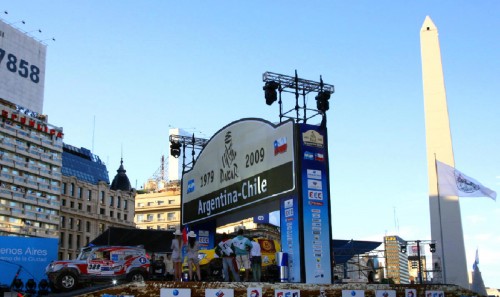
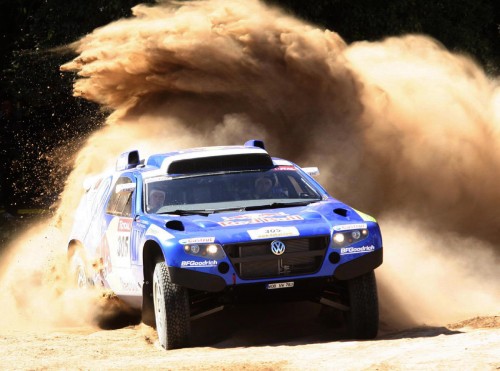
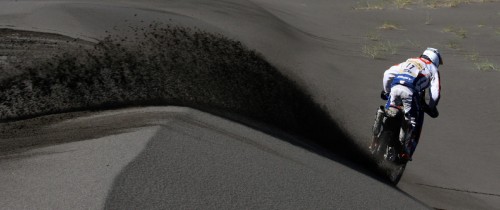



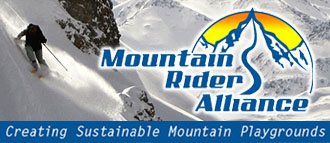







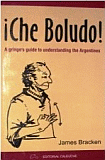


16 Responses to “Dakar Rally Argentina-Chile Style”
By mp3 ???? on Jul 8, 2024
Hi there everyone, it’s my first visit at this web page, and article is
really fruitful in favor of me, keep up posting these posts.
By Optimum on Apr 16, 2024
The Korea Herald is running a series
By Optimum on Apr 16, 2024
evolution and rise of drug
By Optimum on Apr 16, 2024
This is the sixth installment
By Optimum on Apr 16, 2024
Free drinks were offered last week
By Optimum on Apr 16, 2024
on the streets of Daechi-dong, a district in Seoul’s
By Optimum on Apr 16, 2024
Gangnam lined with thousands of after
By Optimum on Apr 16, 2024
school cram schools and known as South
By Optimum on Apr 16, 2024
Korea’s private education mecca. The
By Optimum on Apr 16, 2024
drinks, introduced as a brain-boosting drink
By peters on Jun 9, 2024
hope
By peters on Jun 9, 2024
important
By peters on Jun 9, 2024
get it
By peters on Jun 9, 2024
treatment
By peters on Jun 9, 2024
very nice
By peters on Jun 9, 2024
community